Activated Sludge Process In The Treatment Of Wastewater
Activated sludge process in the treatment of wastewater. Part of organic matter is synthesized into new cells and part is oxidized to CO 2 and water to derive energy. The activated sludge is then separated from the liquid by clarification. If sludge is not wasted the secondary clarifier eventually fills up with solids.
Wasting removes solids buildup in the activated sludge system which is due to the solids amounts in the aeration tank influent being greater than the solids amounts in the secondary clarifier effluent. Welcome back to TPO magazines Exam Study Guide Series which offers a pair of waterwastewater study questions with in-depth explanations of the answersLast time we covered a set of wastewater and drinking water treatment questions on the topics of RBC Troubleshooting. Sewage sludge treatment describes the processes used to manage and dispose of sewage sludge produced during sewage treatmentSludge is mostly water with lesser amounts of solid material removed from liquid sewage.
Clarifier Effluent Ammonia 1 mgL Wastewater contains pollutants in the form of carbon cBOD and ammonia nitrogen NH. This process smashes the solids. The sewage is bubbled and sewage liquor is discharged into an activated sludge chamber.
The sewage is given treatment in the primary sedimentation tank. Activated Sludge Process The Activated Sludge Process ASP is a sewage treatment process in which air or oxygen is blown into raw unsettled sewage to smash the solids and develop a biological soup which digests the organic content and pollutants in the sewage. Activated Sludge Process in waste water treatment is the most versatile of the biological treatment processes capable of producing an effluent with any desired BOD.
Primary sludge includes settleable solids removed during primary treatment in primary clarifiersSecondary sludge separated in secondary clarifiers includes treated sewage sludge. Activated sludge process effective to clean wastewater has been widely used in wastewater treatment plants WWTPs Ping et al 2018. The process consists of delivering clarified waste-water after primary settling into an aeration basin.
It ensures the maximum reduction of BOD and parasites upto 99 during the secondary treatment of wastewater. The Activated Sludge Process is an aerobic biological waste water treatment process that uses microorganisms including bacteria fungi and protozoa to speed up decomposition of organic matter requiring oxygen for. Waste activated sludge WAS Zhang et al 2020a.
The settled sludge is either returned RAS or wasted WAS. Activated Sludge Treatment Plant Operator.
The detention time is kept as short as 1-12 hours.
However this biological process is inevitably accompanied by the generation of huge quantities of by-product ie. And Noncarbonate HardnessThis time. The Conventional Activated Sludge Process is the most popular using Aeration in a long but effective process that entails mixing and aerating wastewater in a solution of microorganisms grown in the system that breakdown organic material and separates dissolved solids. The process of activated sludge treatment releases high-quality effluent wastewater released from the sewage. However this biological process is inevitably accompanied by the generation of huge quantities of by-product ie. In activated sludge process wastewater containing organic matter is aerated in an aeration basin in which micro-organisms metabolize the suspended and soluble organic matter. In recent years the process of upgrading wastewater treatment facilities all over the world Jurg and Rene 1. Activated sludge is commonly used as a wastewater treatment process. Activated Sludge Process The Activated Sludge Process ASP is a sewage treatment process in which air or oxygen is blown into raw unsettled sewage to smash the solids and develop a biological soup which digests the organic content and pollutants in the sewage.
In practice the following operations are carried out in an activated - sludge process. Activated sludge is a biological process that utilizes microorganisms to convert organic and certain inorganic matter from wastewater into cell mass. Activated Sludge Process Control and Troubleshooting Chart Box 1. Waste activated sludge WAS Zhang et al 2020a. Part of organic matter is synthesized into new cells and part is oxidized to CO 2 and water to derive energy. Activated sludge is commonly used as a wastewater treatment process. The activated sludge is then separated from the liquid by clarification.







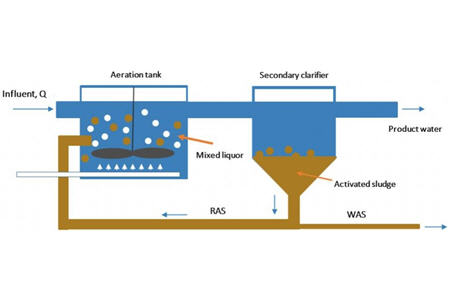


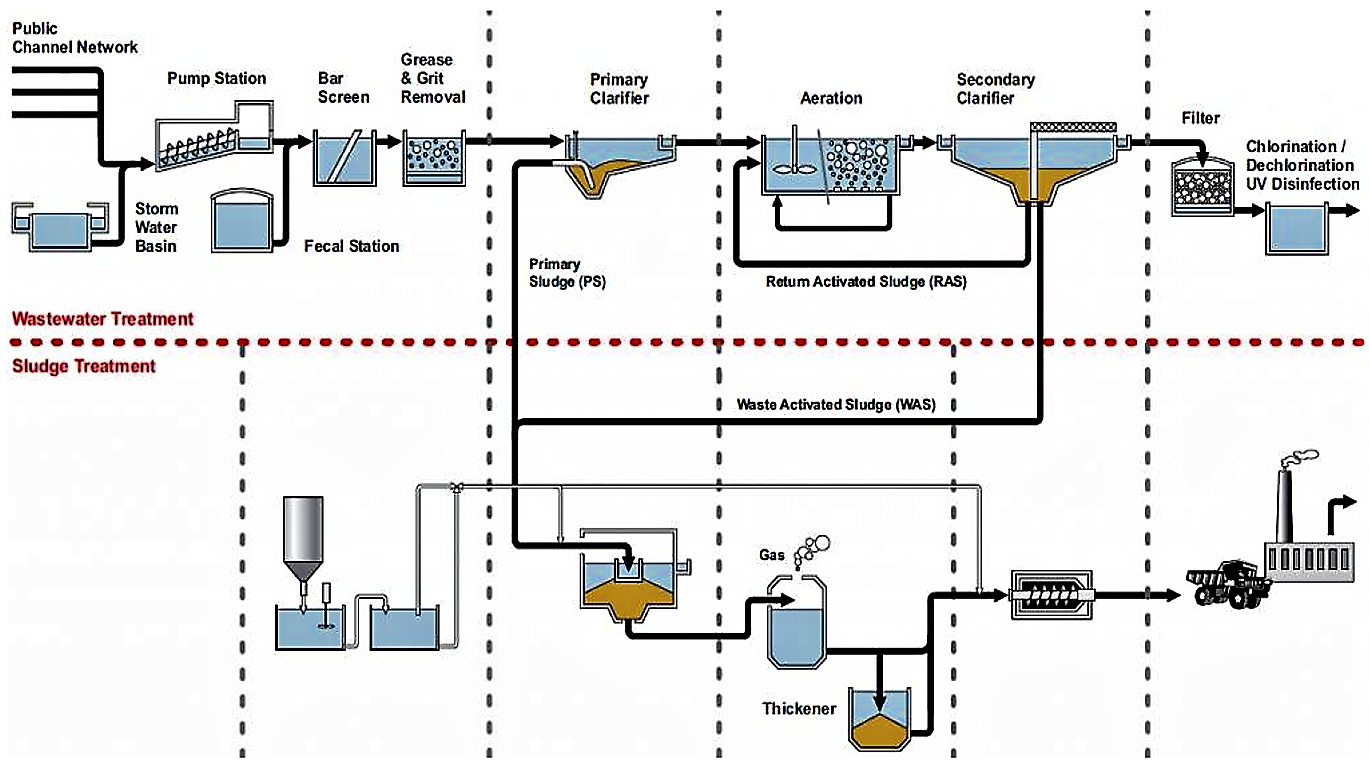
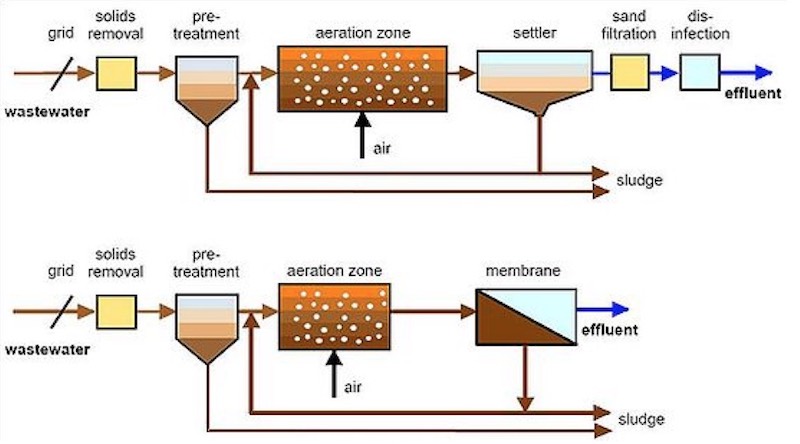



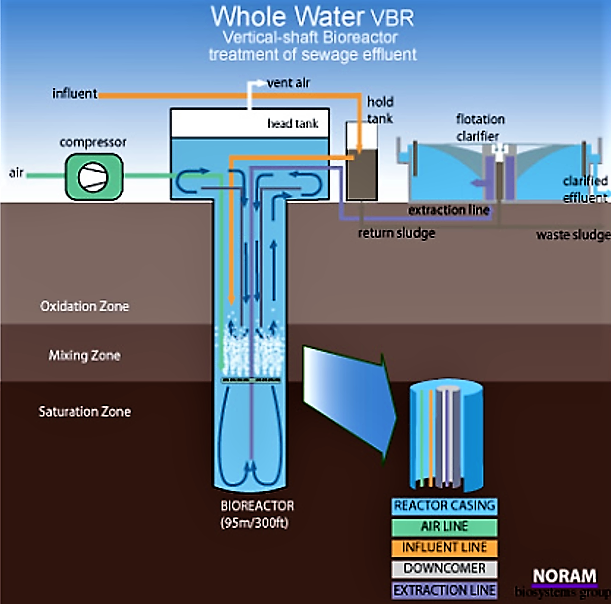
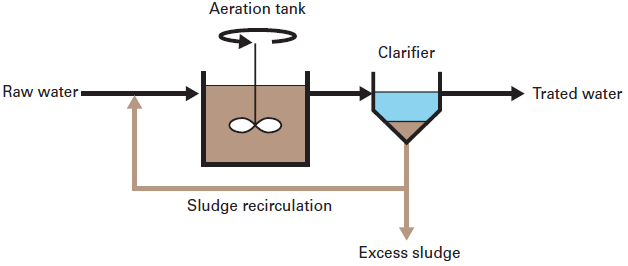
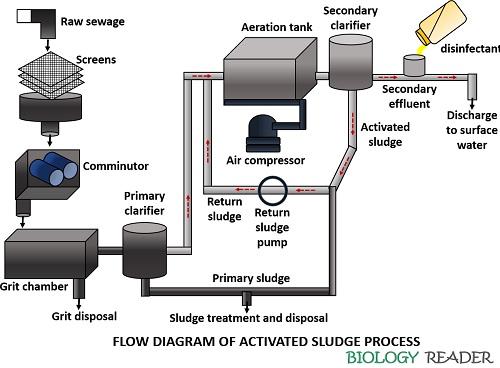
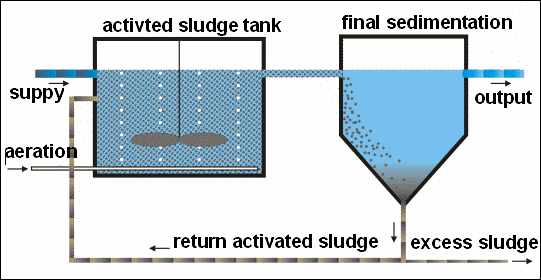


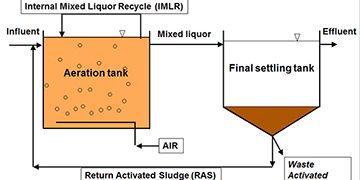
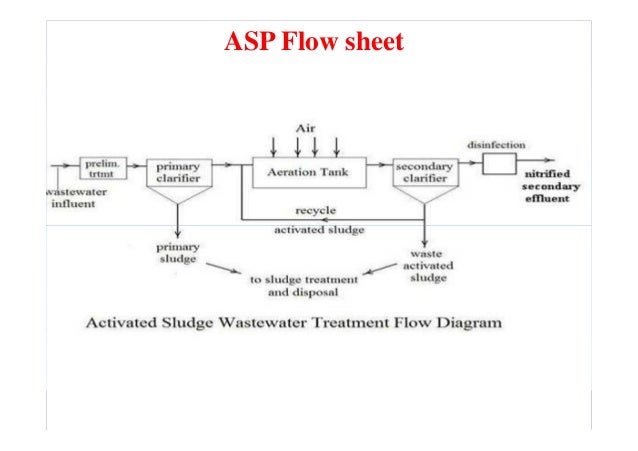


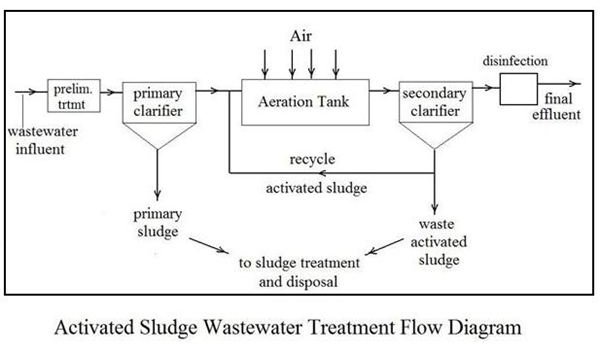









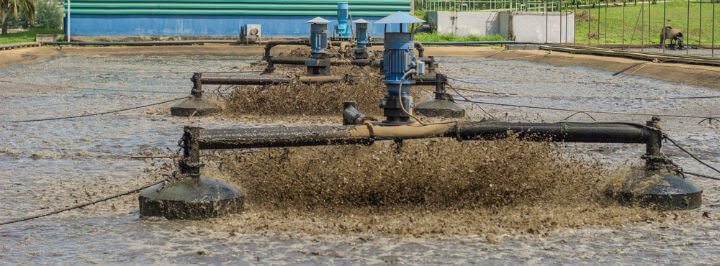
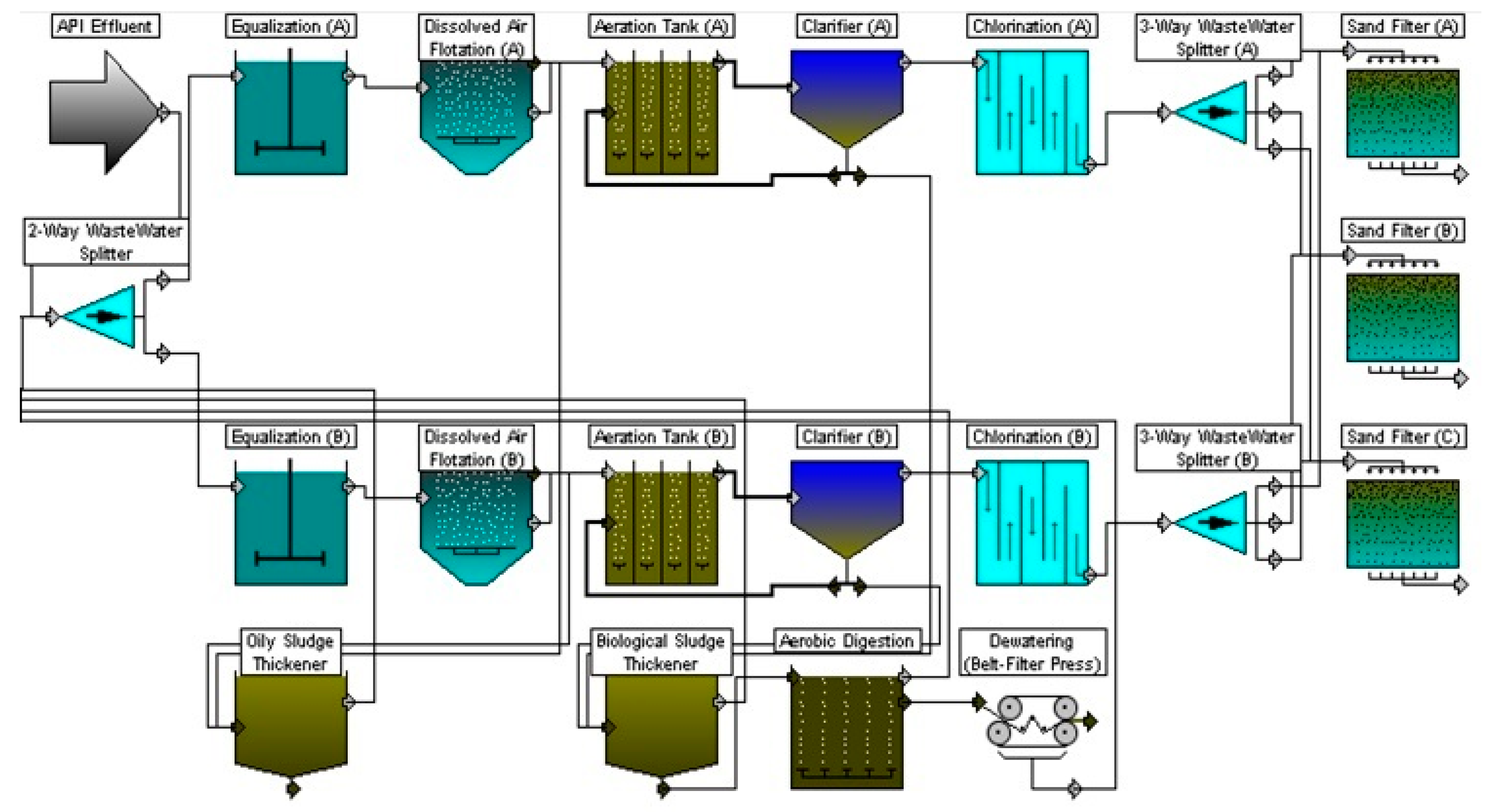
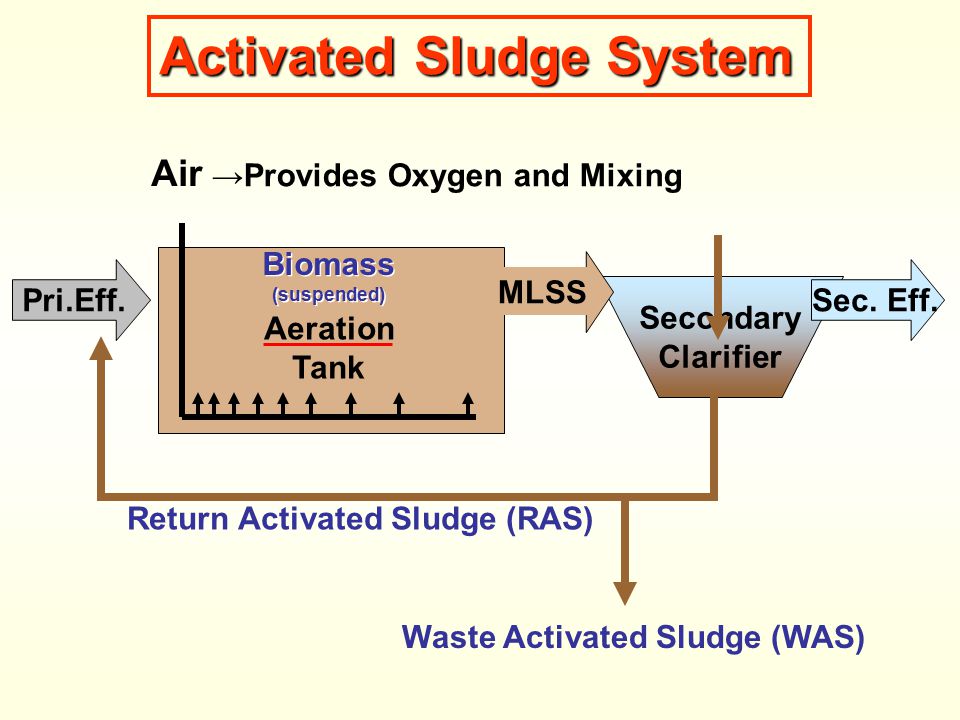



Post a Comment for "Activated Sludge Process In The Treatment Of Wastewater"